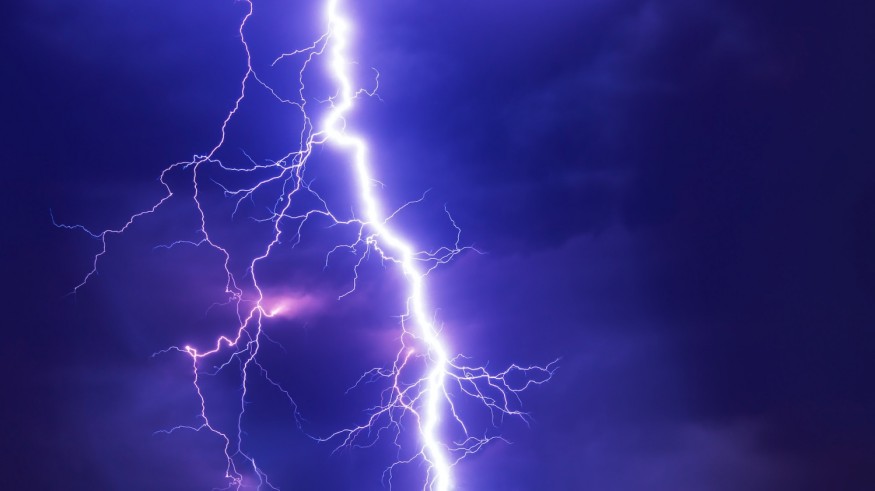
The 'superbolt' lightning, which is extremely rare and has a 1000x increase in force over regular lightning, is the strongest in the world. A team of scientists investigated what makes it so powerful.
Rare 'Superbolt' Lightning
Superbolts are extremely rare and intense lightning strikes that account for fewer than 1% of all lightning strikes. A recent study has shed more light on why these incredible voltage surges can deliver up to a thousand times more energy than typical blows.
Through the aid of the World Wide Lightning Location Network of radio sensors, researchers from the University of Washington and the Hebrew University of Jerusalem in Israel examined data from worldwide lightning strikes that occurred between 2010 and 2018.
The key discovery is that superbolts are more likely to occur the closer the electrical charging zone of a storm cloud is to the land or ocean's surface. The higher part of the cloud, where electrification occurs, is known as the charging zone.
The results are consistent with other studies that showed that superbolt lightning was more frequently observed near the Mediterranean Sea, the Northeast Atlantic Ocean, and the Altiplano plateau that runs across Bolivia and Peru. The distances between the charging zones and the chilly ocean or high-altitude mountain surfaces are all relatively small in these places.
Charging Zone and Freezing Temperature
The charging zone generates above the level where the air temperature is 32 °F, which explains this. Higher altitude mountains compel the air to rise, which cools it and moves the level of 32 °F closer to the surface. Cold air over the ocean also contributes to this effect.
Shorter distances are thought to have less electrical resistance, resulting in stronger currents and more violent lightning strikes.
The association seen is quite significant and evident, according to physicist Avichay Efraim of the Hebrew University of Jerusalem, and it happens in the three zones.
The team plotted a variety of data against lightning intensity, including the height of the charge zone, the height of the land and ocean surface, the temperatures at various cloud formation levels, and the concentrations of aerosols, or small particles, in the clouds.
Although these correlations have been examined in earlier studies, no one has ever put these findings together in a comprehensive manner. Unlike previous studies, the scientists did not find a connection between superbolt lightning and the mixture of aerosols, such as desert dust.
When one of these superbolts strikes, it can seriously harm nearby structures as well as seagoing vessels. By being able to pinpoint the locations where supercharged lightning is most likely to strike, these new discoveries should be helpful.
Read also: Strange Blue Glow with Lightning Bolts: Warning For Then-Impending Deadly Morocco Earthquake?
Climate Change and Solar Cycle
Climate change is another topic that is relevant here, according to the scientists. It is important to determine whether or not superbolt lightning will occur more frequently as the earth warms, as well as how changes in temperature and moisture will affect the weather.
These are concerns that will require further study, and the team is eager to continue looking into potential influences on superbolt generation, such as modifications to the solar cycle or the Earth's magnetic field.
Although there is still a lot that is unknown, what they have learned here is a significant piece of the picture, according to Efraim.
Related Article : Gigantic Jets of Lightning 50x Stronger Than Regular Bolts Shoot Upwards From Hurricane Franklin - Puerto Rico
© 2025 NatureWorldNews.com All rights reserved. Do not reproduce without permission.





